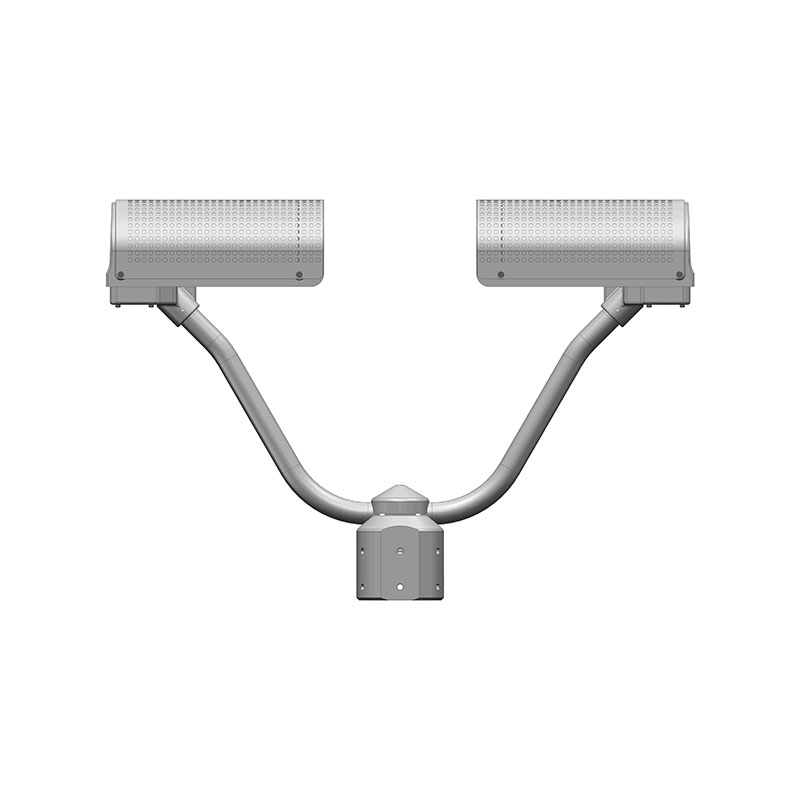Tianyi Sensor IOT Technology Co., Ltd
Sales Manager:Ms. Emily Wang
Cel,Whatsapp,Wechat:+86 15898932201
Email:info@fengtutec.com
Add:No. 155 Optoelectronic Industry Accelerator, Gaoxin District, Weifang, Shandong, China

Sales Manager:Ms. Emily Wang
Cel,Whatsapp,Wechat:+86 15898932201
Email:info@fengtutec.com
Add:No. 155 Optoelectronic Industry Accelerator, Gaoxin District, Weifang, Shandong, China

Model:FT-YD1
Brand:tianyi
1.Precipitation weather phenomenon instrument product introduction
Precipitation weather phenomenon instrument can identify weather phenomena and determine rainfall types, such as drizzle, rain, sleet, snow, hail, etc.The Precipitation weather phenomenon instrument is a sensor that automatically and continuously monitors the precipitation particle spectrum and precipitation weather phenomenon.Its working principle is to actively emit infrared light bands, and calculate the spectral distribution of the drop speed and size of precipitation particles by measuring the changes in light energy received when they pass through the light bands, and automatically determine the output precipitation weather phenomenon based on the empirical model of the precipitation particle spectrum.
2.Functional features of the Precipitation weather phenomenon instrument
The Precipitation weather phenomenonon instrument adopts an integrated design, which is small in size and convenient to install; stable performance, accurate data and strong environmental adaptability; the transmitting and receiving ends are covered with a unique splash shield to effectively prevent precipitation particles from splashing into the sampling area; professional application software can be optionally used to receive instrument observation results and display raindrop spectra imagery; standard calibration devices can be optionally equipped.
3.Precipitation weather phenomenon instrument application field
It is suitable for scientific research institutes, artificial weather-affected fields, and can effectively monitor the types of precipitation and provide early warning for disaster prevention and mitigation.
4.Precipitation weather phenomenon instrument technical parameters
| Physical specifications | ||
| Dimensions (length, width, height) | 660mm×450mm×120mm | |
| weight | ≤7kg | |
| Measure performance | ||
| Measurement range | Particle size (liquid) | 0.2~5mm |
| Particle size (solid) | 0.2~25mm | |
| speed | 0.2~20m/s | |
| Measurement error | ±5% (liquid), ±20% (solid) | |
| Particle size distribution | 32 particle size levels, 32 speed levels | |
| Precipitation type | Drizzle, rain, sleet, snow, hail, distinguish intensity | |
| Precipitation type identification accuracy | Automatic recognition rate is greater than 90% | |
| Precipitation intensity | 0~999 mm/h | |
| Weather code (output) | WMO4680 (default), optional WMO4677 or NWS | |
| Weather code output interval | 60s (default), adjustable 10s ~ 60min | |
| Electrical performance | ||
| power supply | DC12~24V | |
| Power consumption | ≤4W@24V (when not heated), ≤80W@24V (when heated) | |
| Communication interface | RS232/RS485 | |
| Environmental adaptability | ||
| Operating temperature | ﹣40~50℃ | |
| Working humidity | 0~100%RH | |
| Storage temperature | ﹣40~50℃ | |
| Storage humidity | 0~100%RH | |
| Protection level | IP65 | |
Reservoir safety, particularly the flood prevention capacity of the vast number of small and medium-sized reservoirs, is a critical yet vulnerable link in China's flood control and anti-flood system. Facing the current situation of numerous reservoirs built in the last century, which generally s...
Agriculture, as the foundation of human survival, is intricately linked to the weather. Weather conditions profoundly influence every aspect of agricultural production. During the sowing stage, seed germination requires suitable accumulated temperature, typically above 10°C. If the temp...
Traditional air quality monitoring stations (national and provincial control points) use extremely sophisticated and expensive equipment, resulting in very high construction and operational costs. Consequently, a city typically has only a handful of such stations. Due to the limited number of statio...
Good air quality is the fundamental guarantee for a healthy life. To more effectively manage and improve the ambient air quality, air quality monitoring stations have emerged, which have strongly promoted the refined management of ambient air quality.Air quality monitoring stations are compact in si...